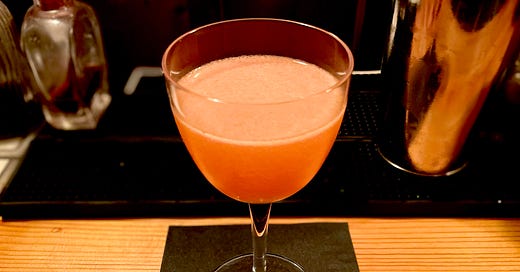Page through classic cocktail books, or even well-regarded guides from the 1990s, and you might notice something missing: mezcal.
Although tequila cocktails have been part of the cannon for decades, its smoky, idiosyncratic cousin, mezcal, was almost mostly absent from the world of mixed drinks until relatively recently.
It wasn’t that no one drank mezcal. But American drinkers, at least, tended to regard it as a trash spirit, associated mostly with youthful jaunts to Cancun that you’d rather, or perhaps did, forget. It was foul-tasting stuff with the worm in it. You drank it on a dare, not at a swanky bar.
But in the mid to late 00s, swanky bars began to put it into their cocktails, and some bars, like New York’s sadly-closed Mayahuel, were designed specifically to showcase the spirit.
Since then, mezcal has moved beyond high-end mixology and into the mainstream. You can find quality expressions at unassuming corner bars and on home bar carts. Unusual bottles can fetch well into three-figures. Although sales are still relatively small compared with its better-known agave-based cousin, tequila, mezcal has consistently been one of the fastest-growing spirit categories. And much of that growth has been driven by craft cocktails. American drinkers embraced mezcal because it mixed well.
But because mezcal is so new to the cocktail scene, bartenders have had to figure out how to use it in cocktails. And in many cases, that simply meant swapping it into existing templates. A good drink without mezcal might become a good drink with mezcal.
As it turned out, mezcal, a lively and flavorful spirit which in its most common expression is unaged, had a lot in common with another complex unaged spirit: gin. And thus some of the most notable early mezcal cocktail hits were just gin cocktails that swapped in mezcal.
Indeed, from time to time, I have heard cocktail enthusiasts suggest not only that any gin cocktail can be productively made with mezcal, but that any gin cocktail can be improved by swapping in mezcal.
I don’t think this is universally true. There are some gin standards that don’t work particularly well as one-to-one mezcal swaps, and whether a mezcal version of a gin classic is really better is, of course, a matter of taste.
But it’s certainly correct that mezcal can often be productively swapped for gin, and that the results are often quite appealing.
Today we’re going to look at a classic mezcal-gin swap, as well as a related drink that works from the same basic template. These are easy-to-make, easy-to-drink, four-equal-parts cocktails that you can think of as mezcal quartets. Both of these drinks demonstrate mezcal’s strengths as a cocktail ingredient, and both are illustrations of the truism that almost any good cocktail can serve as a springboard for many, many more good cocktails.



